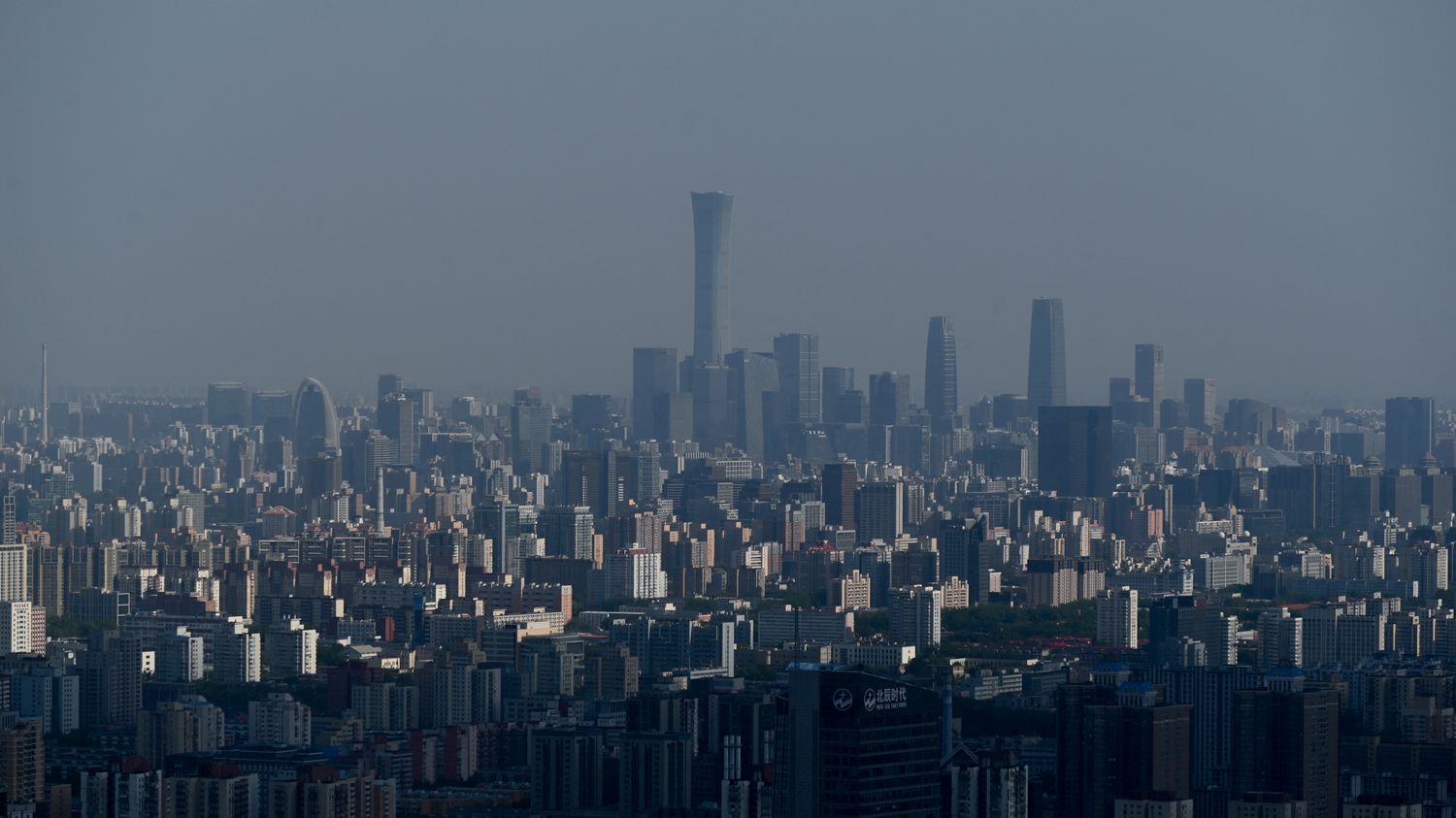While China is currently experiencing torrential rains and flooding. Another threat hangs over certain cities in the country for years to come. Satellite measurements show that many Chinese megacities are sinking dangerously into the ground.

Published
Reading time: 2 min

Cities like Beijing or Tianjin are sinking by more than a centimeter every year. The latest measures have just been published, Thursday April 18, in the journal Science, and they demonstrate the extent of the phenomenon. Soil changes in 82 large Chinese cities were monitored, by radar and satellites, between 2015 and 2022.
According to this study, 45% of them sink into the ground by at least three millimeters per year. Thirteen of these 82 cities are sinking by more than a centimeter each year. Nationally, 270 million city dwellers, or a third of China’s urban population, find themselves exposed to the risk of weakening building foundations, road infrastructure or pipes.
The main cause of this soil subsidence is the withdrawal of groundwater, which weakens the soil by lowering the level of the water table. The geological structure and the weight of buildings also play a role, because in just a few decades China has experienced one of the most rapid urban expansions in history.
The case of coastal cities
Elsewhere in the world, other very dense cities such as New York are also faced with this phenomenon of the weight of buildings, but to a lesser extent. Geologists have calculated that the million buildings constructed in New York contribute to the city’s subsidence by one to two millimeters per year.
For coastal cities, climate change increases the danger. These megacities are also faced with the risk of flooding, linked to rising water levels caused by climate change.
In China, within a century, a quarter of coastal cities will have an altitude below sea level.
Elsewhere in the world, other cities such as Jakarta in Indonesia, Manila in the Philippines, but also Tampa in Florida or Auckland in New Zealand, also risk being confronted more quickly than expected with rising sea levels, reason for their subsidence.
